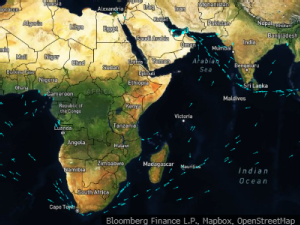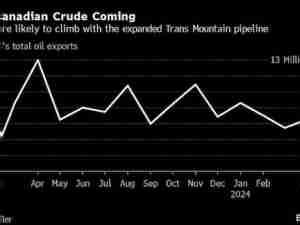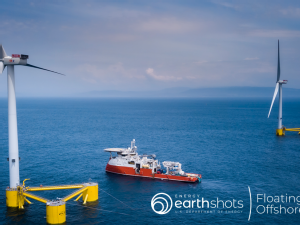Asian spot LNG prices fell 3% to approximately $17.3 per million British thermal unit (MMBtu) on 31 October, as sellers lowered their offers, following an initial spike in mid-October.
For the first time since the start of front-month Asian spot LNG index pricing for December delivery on 16 October, the LNG price differential in Asia between December 2023 and January 2024 is now in backwardation by approximately $0.84 per MMBtu as of 31 October.
However, this is mainly due to the front-month price having already priced in half of the total 22-pricing days for the index.

Storage and arbitrage
Underground storage facilities in Europe are nearly at full capacity with December’s Title Transfer Facility (TTF) prices falling 9% to approximately $14.9 per MMBtu on 31 October.
The arbitrage opportunity for US-origin LNG was mainly open from 16-22 October, with some Japanese importers such as Tohoku Electric able to buy LNG for late-December 2023 delivery, with LNG from the Atlantic Basin also being offered in Asia.
However, the above-mentioned arbitrage closed, making it less economically attractive for holders of US-origin LNG to direct cargoes towards Asia.
While some Japanese importers purchased LNG for upcoming winter delivery in the latter half of October, other Asian countries have shown reluctance to buy LNG recently.

Liquefaction and power generation
Shell expects to complete maintenance at Prelude LNG facility offshore Western Australia by mid-November.
The last cargo which left Prelude LNG was on 19 August with maintenance work beginning in late-August.
In the US, Freeport LNG train 3 tripped briefly on 30 October, causing feedgas levels to drop significantly, before restarting on 31 October.
In the downstream market, major Japanese power utilities reported combined gas storage levels of 2.18 million tonnes on 29 October, down 1.4% week-on-week and 13.8% lower compared to 2022, but 8.5% higher than the five-year average from 2018-22.
In terms of thermal power generation, Osaka Gas’s 277-megawatt (MW) gas-fired power plant Semboku Unit 2 experienced a brief outage on 29 October before resuming operations on 31 October.
Sumitomo Joint Electric Power expects to restart its 0.15 GW Unit 3 at the Niihama West coal-fired power plant on 19 November after an unexpected power outage on 5 January this year.
According to Japan Electric Power Exchange, the 1 GW Soma Shinchi coal-fired power plant unit 2 is also expected to resume operations on 6 December after an outage that began on 22 September.
Nuclear generation-wise, Japan’s Kansai Electric plans to restart its 1.18 GW Ooi nuclear unit 4 in early November and to reach full capacity by 21 November, with its 826 MW Mihama nuclear unit 3 offline for approximately four months since 25 October for planned maintenance.
With the earlier restart of Takahama units 1 and 2, Kansai Electric has approximately 2.5 GW of nuclear power capacity available as of 1 November.
In South Korea, the 1 GW-Hanul unit 4 reached normal operating output on 29 October following maintenance which began on 16 September.
An additional 1 GW of available nuclear power capacity in South Korea could replace approximately 0.1 million tonnes of LNG per month.












